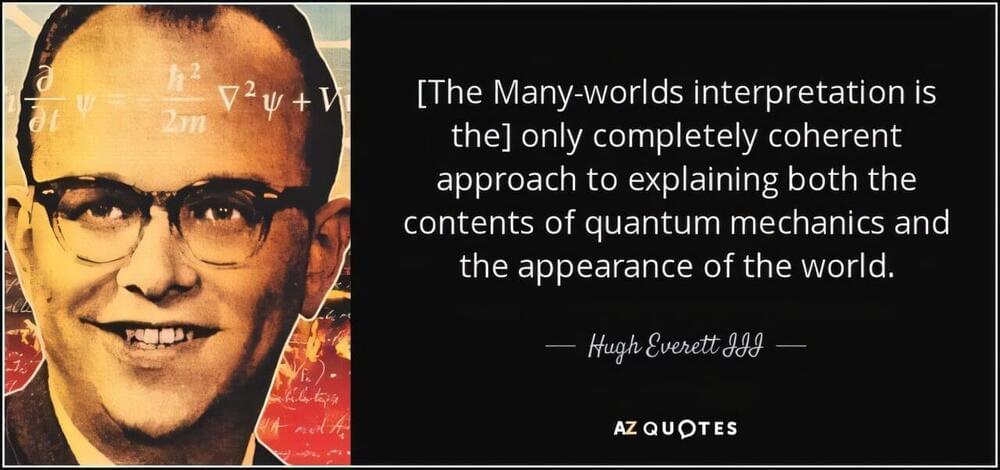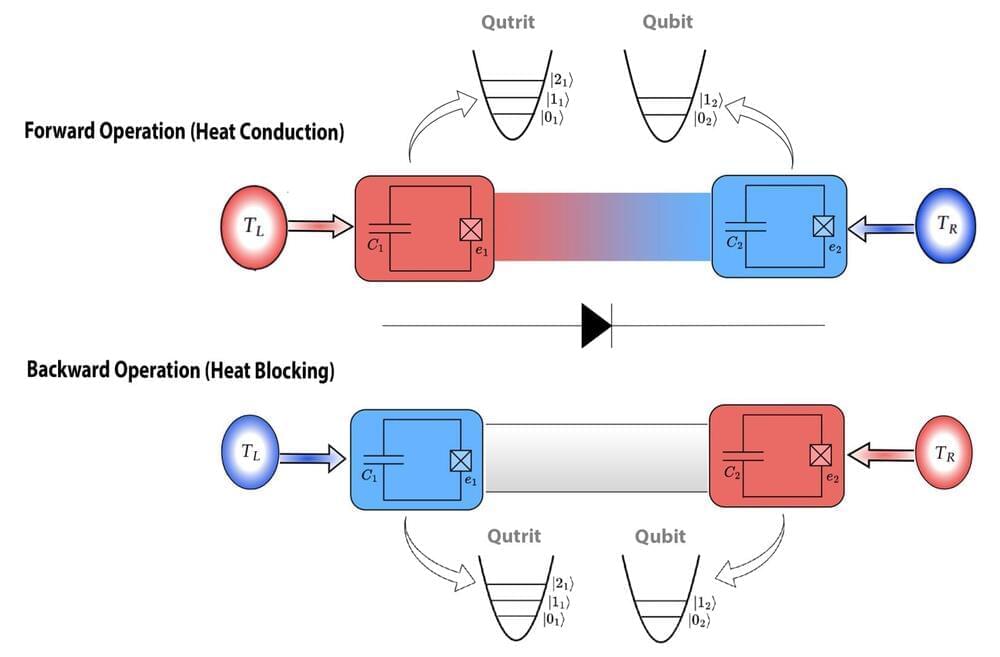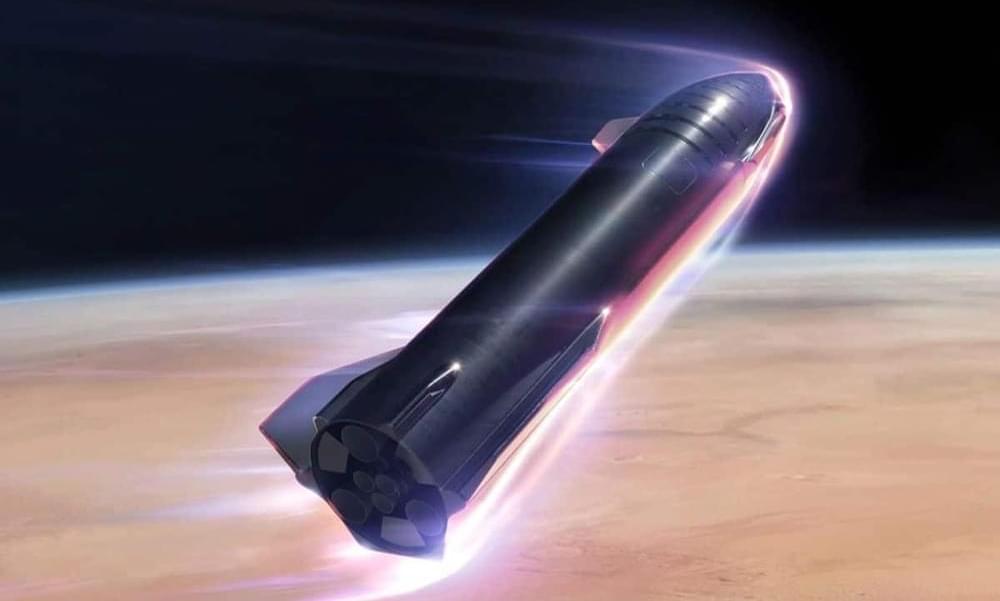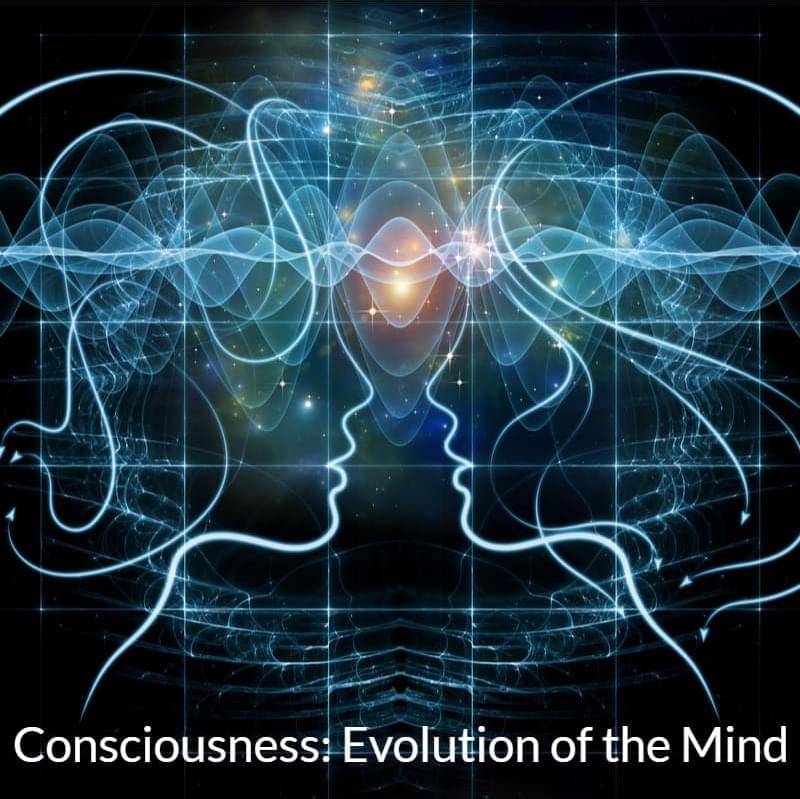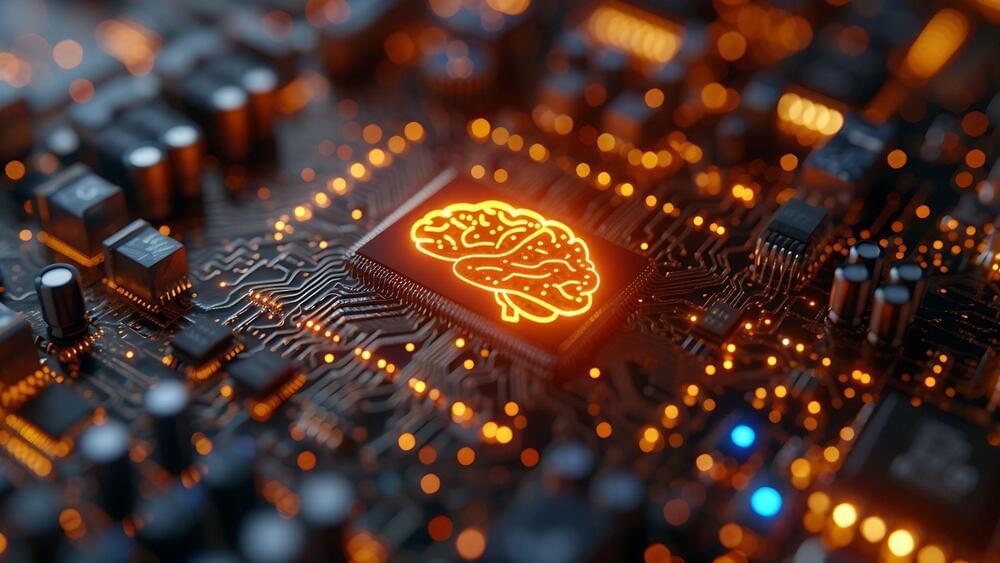Dec 28, 2024
Quantum miracle: High-quality nanodiamonds created in a first
Posted by Paul Battista in categories: biotech/medical, nanotechnology, quantum physics
The study authors successfully developed quantum-grade bright fluorescent nanodiamonds. Now in order to use them for quantum sensing or bioimaging, one is required to study their spin states using optically detected magnetic resonance (ODMR).
ODMR is a method that combines light and microwaves to examine magnetic fields. Scientists first shine a light on materials like nanodiamonds and then apply microwaves, to see how the material reacts. By studying this interaction, they can detect tiny magnetic signals and understand the material’s magnetic properties such as spin.
To test the capabilities of their nanodiamonds, they introduced them into HeLa cells (human cells widely used by scientists for lab research experiments) and then employed ODMR to examine the spin. The NDs successfully detected slight temperature changes, which are nearly impossible to detect with existing technologies.


